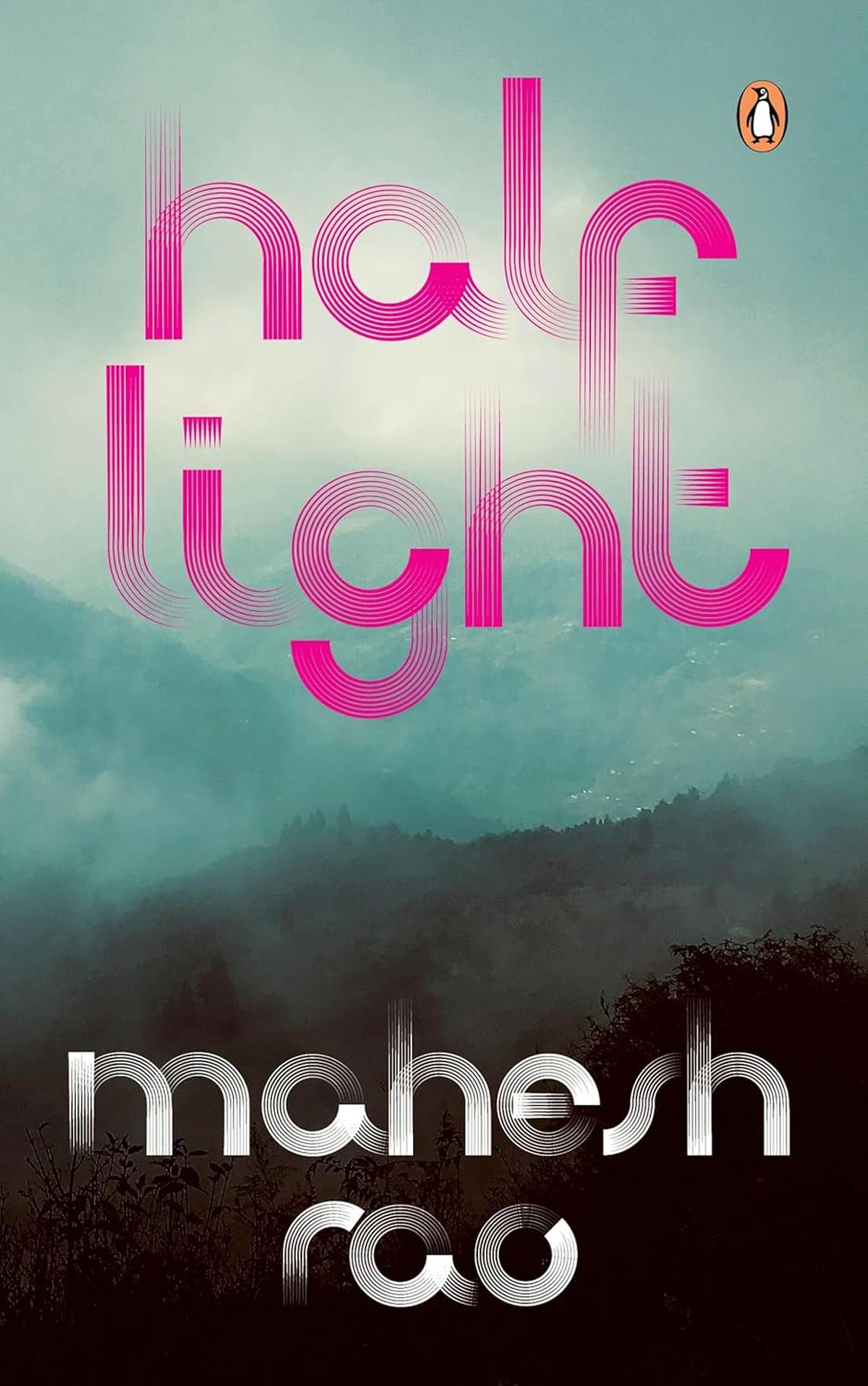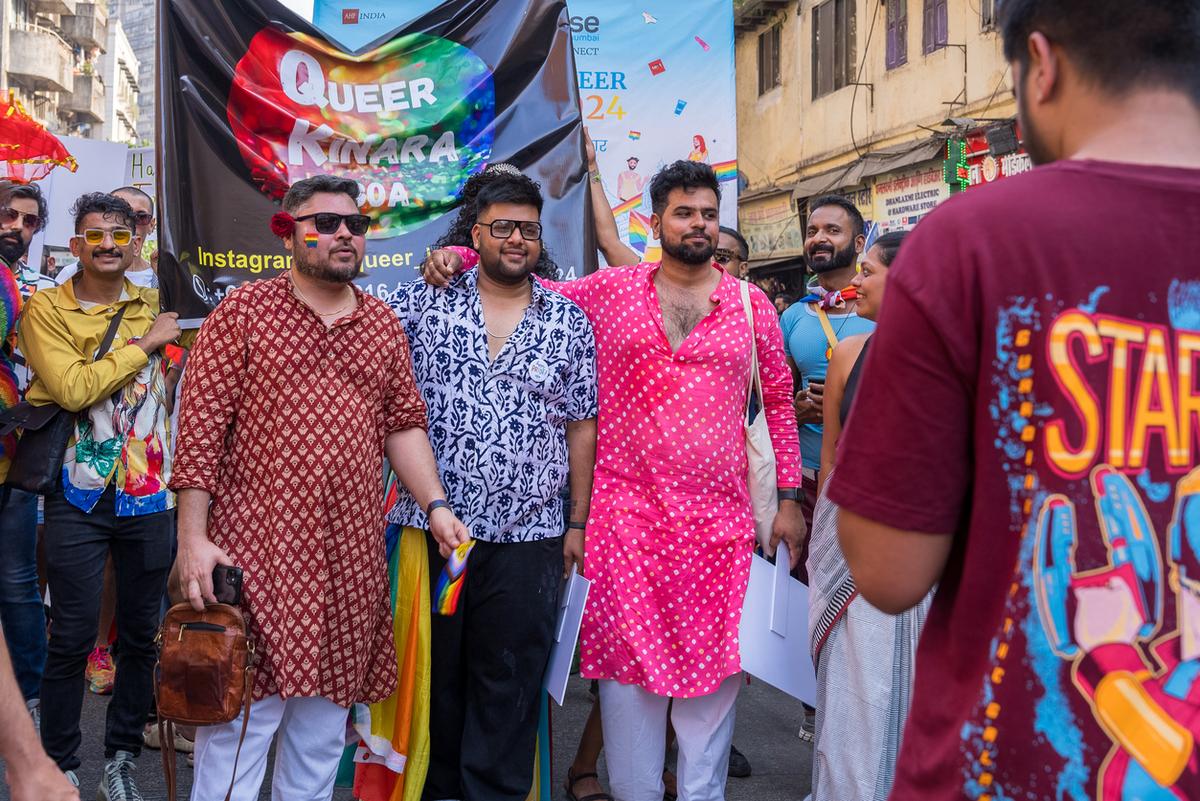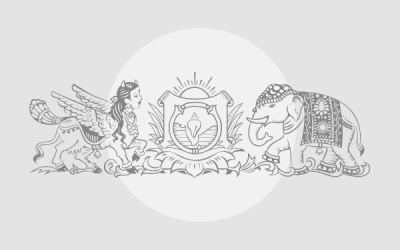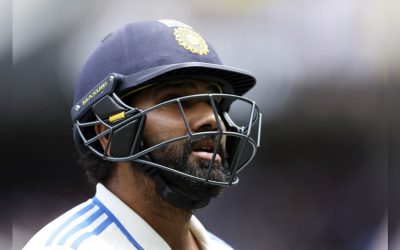Unlocking the language of desire | Mahesh Rao on his new novel, Half Light

In his latest novel, Half Light (published by Penguin Hamish Hamilton), Mahesh Rao presents two men from different social backgrounds — Pavan and Neville — united by a desire that is shunned by society as deviant, unwanted. His precise analysis of that interesting period right before a part of Section 377 was outlawed manages to capture anxieties and queer possibilities in all their complexities. Set between Darjeeling and Mumbai — the two cities that characteristically inform Half Light’s principal characters’ lives — the novel is driven by a past that keeps gnawing at Pavan and Neville, both in forms of seminal discriminations and most importantly, a tragedy.
In this email interview, Rao shares what compelled him to write Half Light, and how queer expressions are changing in the age of social media. Edited excerpts:

What inspired you to tell the story of two men from markedly different backgrounds, at a time before the decriminalisation of Section 377?
There was absolutely no assurance that decriminalisation would occur when the case went before the Supreme Court for the final time. It really could have gone either way, given everything that had already occurred on that long and complex legal trajectory. So when the judgment was handed down in 2018, it seemed almost miraculous that we, as a country, had managed to rid ourselves of this law.
Naturally, it was a moment of great euphoria and relief. But society does not always follow the lead of progressive judgments. The novel tries to embed these kinds of questions into the background of its narrative. It was also always clear to me that this book would be as much about class as it is about sexuality and desire. Class informs the way in which both these men conduct their closeted lives and is also a determinant of the way power shifts between them in the course of their relationship. In all my work, I’ve always been interested in mapping these areas of friction, where social strata collide against each other, resulting in tensions and conflicts that can be complex and unpredictable.
In the first part of the book, more than the ‘gaze’ that is often talked about, several fleeting moments of doubt signal desire. Were you trying to explore these moments as self-realisation of individual wants between the two main characters?
Doubt features prominently in both of the characters’ stories, although it is more foregrounded in Pavan’s behaviour. At the beginning of the novel, he is sexually inexperienced, anxious about the precarity of his economic situation, and generally tentative about anything new. Neville, while brazen and persistent in his sexual conquests, is also plagued by uncertainties about his place in the world. He is able to observe and aspire to a certain kind of Mumbai life, but he has no idea how to channel his efforts into anything beyond brief moments of gratification. These distinct kinds of doubt act as the impetus for the different directions of the narrative.

Mumbai Pride Parade, February 2024.
| Photo Credit:
Getty Images
Pavan’s colleague in Darjeeling calls him a ‘homo’, and we see a similar incident panning out with Neville in his workplace in Mumbai. Two different settings, yet the harassment of the queer community remains the same. Were you trying to present how hatred unites others against minorities, irrespective of the setting?
Homophobia can rear up in places, both expected and unexpected. A few years ago, a queer friend who held a senior position in the Indian office of a major international media company told me about a virulently homophobic workplace incident she had experienced, with no meaningful action taken to address her complaints. I suppose I was surprised because of her seniority and because I assumed that such an organisation might adhere to more equitable standards. The incidents in the novel try to capture the serious and more subtle ways in which these prejudices unfold in different settings. I also wanted to reckon with the fact that there is a certain burden of expectation that the characters carry, quite a lot of their psychic space being taken up with the business of anticipating or avoiding homophobia.
Birds feature constantly in the novel.
The birds that Pavan sees in the forest outside Darjeeling, and more generally the forest itself, are a representation of the kind of untroubled inner life that he seeks. His days are mostly about labour, so these snatched moments in the forest are leisure and escape, but they are also about his aspirations for a more tranquil life. As I wrote the novel, I strangely found the bird imagery repeating itself in my imagination, in an almost unconscious way.

A march to commemorate the partial reading down of Section 377 in New Delhi, 2019.
| Photo Credit:
Getty Images
Social media has affected the way queer people organise, liaise, and satiate their desire. Would you like to comment on the way language is getting uniquely queered in the age of social media?
I think mainstream Anglo-American English has always been enriched by subculture vernaculars, especially from queer and Black communities. Social media makes subcultures from all over the world more visible to us, but also gives us a sense of extraordinary cultural fragmentation. In India, we are particularly adept at seizing new vocabulary and syntax, and making it not so much Indian, as fiercely local: a brilliant amalgamation of our bhashas and English, encompassing Internet lingo, filmi argot, street slang and archly subverted orthodox language, whether it’s from “high culture”, bureaucracy or demagoguery.
The interviewer is a Delhi-based queer writer and culture critic.
Published – November 28, 2025 06:05 am IST


